Dear Fellow Communicators,
February can be a quiet month, but this year that’s not the case for us at ESO. Activity and excitement are building up with just 70 days left until the ESO Supernova opens. We are all working hard getting everything ready and organising a series of events to mark the opening of the centre. We will tell you more about these events in the next edition.
Meanwhile, our ESOshop has some new products to check out:
These products will be available in the ESO Supernova shop as well.
CAPjournal 23 has been released. We are happy to announce that we have handed over the publishing of CAPjournal to the International Astronomical Union (IAU) Office for Astronomy Outreach (OAO). After more than 10 years work at ESO supporting the CAPjournal, it has moved to a new home at the National Astronomical Observatory of Japan (NAOJ). We wish our colleagues the best of luck and lots of editions full of useful content for our community!
We’re delighted to announce that ESO has become a partner organisation of the Starmus Festival — a combination of science, art and music that has featured presentations from astronauts, cosmonauts, Nobel Prize winners and other prominent figures from science, culture, the arts and music.
Don’t forget about some of the currently open opportunities:
Last, but definitely not least, if you are a PhD Student or know someone who is, check out this video presenting the ESO Studentship programme. Applications will open soon and we encourage you not to miss the opportunity to fast-track your career at ESO. Learn more details here.
Let’s reach new heights in astronomy together!
Lars Lindberg Christensen (lars@eso.org)
Head, ESO education and Public Outreach Department (ePOD)

|
9 February 2018: Sprawling across the Atacama Desert, 66 antennas work in unison with extraordinary precision to make the Atacama Large Millimeter/submillimeter Array (ALMA). Together, these antennas capture images similar to what ...
|
| Read more |
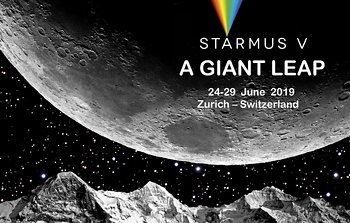
|
9 February 2018: Since the very first people looked up at a star-filled sky we have been awestruck by the vastness of the cosmos. Even today we remain humbled by the immensity of ...
|
| Read more |
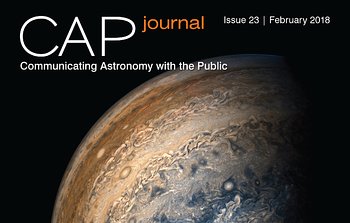
|
9 February 2018: The 23rd issue of the Communicating Astronomy with the Public journal is out now!
In this issue you will find papers on the methodology of applying experimental psychology to astronomy ...
|
| Read more |
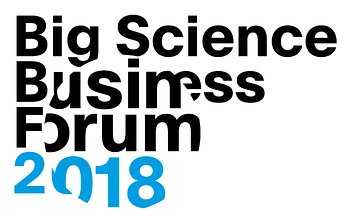
|
2 February 2018: Big Science is a term that encapsulates the way in which scientific progress increasingly relies on large-scale projects, often funded by national governments or groups of governments, leading to increasingly ...
|
| Read more |
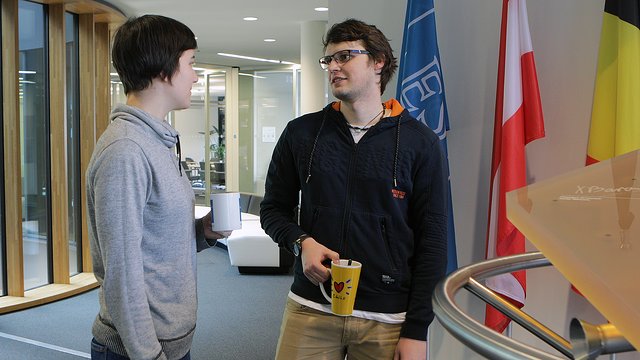
|
2 February 2018: ESO’s Studentship programme provides a valuable opportunity for astronomers of the future to gain experience at the most productive ground-based astronomical observatory in the world. PhD students work alongside ...
|
| Read more |
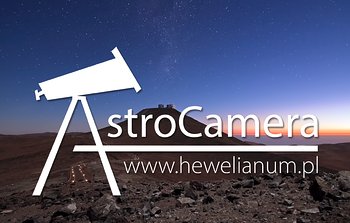
|
1 February 2018: ESO invites you to take part in AstroCamera 2018 — an international competition in support of popularising astronomy and astrophotography. The competition is organised by the Hewelianum Centre in Gdańsk, Poland ...
|
| Read more |

|
19 January 2018: On 26 April 2018, ESO will participate in Germany’s Girls’ Day activities, in which technology companies, universities and research organisations open their doors to female school students to give ...
|
| Read more |

|
19 January 2018: The winners of the 2017 Catch a Star Contest have been announced. ESO is providing each of the top five places with a mounted image of a particularly fascinating astronomical ...
|
| Read more |
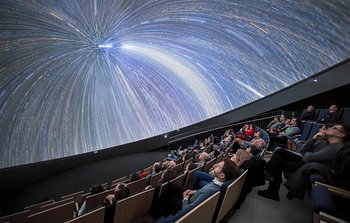
|
Interview with: Max Rößner
16 February 2018: Part of ESO Headquarters in Garching, Germany, is currently in a frenzy of activity as we prepare to open the ESO Supernova Planetarium & Visitor Centre in April 2018. This ...
|
| Read more |
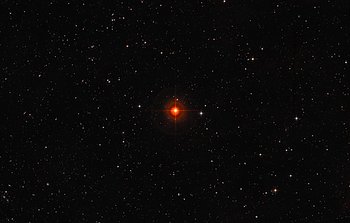
|
Interview with: Markus Wittkowski
9 February 2018: Over the centuries, astronomers have learned that stars are not just static pinpricks of light in the sky — they are dynamic and evolving objects that go through life cycles. ...
|
| Read more |

|
Interview with: Federico Lelli
2 February 2018: In order to understand some of the weirdest and most wonderful phenomena in the Universe, scientists rely on the Lambda Cold Dark Matter (LCDM) model. This model assumes the existence ...
|
| Read more |
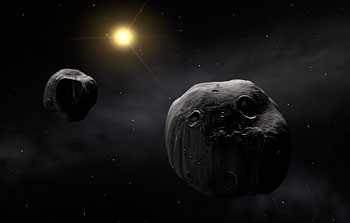
|
Interview with: Olivier Hainaut
Interview with: Andy Williams
26 January 2018: 65 million years ago, the most famous asteroid in history slammed into Earth and most likely exterminated the dinosaurs. Disconcertingly, we are no less likely to be to hit by ...
|
| Read more |

|
Interview with: Julien Milli
19 January 2018: Even in the pristine conditions of ESO’s Paranal Observatory in the high, dry Chilean desert, turbulence in the Earth’s atmosphere can distort starlight and blur astronomical observations. Astronomers are able ...
|
| Read more |

|
13 February 2018: The ESPRESSO instrument on ESO’s Very Large Telescope in Chile has used the combined light of all four of the 8.2-metre Unit Telescopes for the first time. Combining light from ...
|

|
9 February 2018: The Atacama Large Millimeter/submillimeter Array (ALMA) is a state-of-the-art telescope to study light from some of the coldest objects in the Universe. The music is by Stan Dart from "Supernova", ...
|

|
5 February 2018: A new study has found that the seven planets orbiting the nearby ultra-cool dwarf star TRAPPIST-1 are all made mostly of rock, and some could potentially hold more water than ...
|
| View and/or download |

|
2 February 2018: In ESOcast 149 we hear from some of ESO’s current students about their experience at ESO, and they offer their advice to those considering following in their footsteps.
|

|
31 January 2018: In the star-forming region Lupus 3, in the constellation of Scorpius (The Scorpion), dazzlingly hot stars are born from collapsing masses of gas and dust.
|

|
24 January 2018: A new national facility at ESO’s La Silla Observatory has successfully made its first observations. The ExTrA telescopes will search for and study Earth-sized planets orbiting nearby red dwarf stars. ...
|

|
17 January 2018: Astronomers using ESO’s MUSE instrument on the Very Large Telescope in Chile have discovered a star in the cluster NGC 3201 that is behaving very strangely. It appears to be ...
|